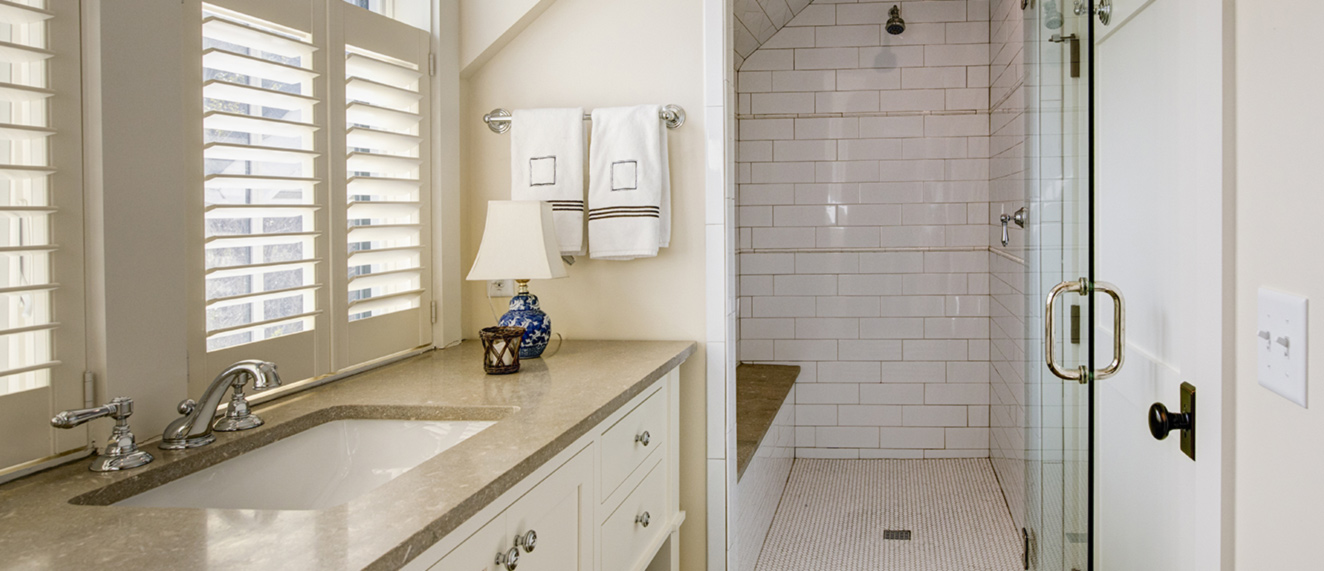According to StatsCan, one in five (22%) Canadians aged 15 years and over—or about 6.2 million individuals—have one or more physical disabilities.
Most of us know at least one person with a disability and see how the environments around them aren’t always easy to interact with. Instead of renovating to make spaces accessible, Universal Design offers an opportunity to make inclusive spaces for all.
What is Universal Design?
Universal Design (UD) is an approach to creating spaces that are inclusive and equitable for everyone, not just persons with disabilities.
“If you do it right, it’s invisible,” says Brad McCannell, Vice President of Access and Inclusion at the Rick Hansen Foundation. “There areseven principles of Universal Design, but in a nutshell, what it’s designed to do is be the most good for the most people. It’s designed to allow people to interact with their built environment, easily.”
What are some misconceptions about Universal Design and how is the industry evolving and adapting to growing demand, especially from an aging population who wants to age at home? On Episode 20 of REAL TIME, McCannell takes a closer look at UD trends and opportunities.

McCannell explains UD allows users to have flexibility of use. It’s simple and intuitive but differs from accessible design. Accessible design offers a solution for a specific application for a specific user whereas Universal Designs aims to create spaces that work for everyone.
Let’s take a ramp for example. With Accessible design, the ramp might have been installed for one person, Uncle Frank, who uses a wheelchair. Using UD principles, you could make the ramp less steep to make it easier for Uncle Frank to wheel himself up the ramp without assistance or for parents pushing strollers or for seniors using walkers. You could also add high contrast markings for people who are visually impaired. Now the ramp can be used by many, not just Uncle Frank.
More from REAL TIME
- Pursuit of Housing: Post-Election Analysis
- 8 Questions REALTORS® Should be Prepared to Answer Before Their Clients Buy a Vacation Property
- Baby Boomers, Millennials, Gen X and Gen Z: A Generational Look at Real Estate
- Lessons in Workplace Psychology: 4 Ways to Become a Better Entrepreneur
McCannell has been a leader in accessibility for more than 27 years. He’s responsible for the Rick Hansen Foundation’s Accessibility Certification™ program (RHFAC) and training. He also helps the Foundation support national disability advocacy work.
On the podcast, he explains what the certification program is and who should pursue it. He also discusses major accessibility projects he’s consulted on—like the 2008 Beijing Olympic and Paralympic Games, the 2010 Vancouver Winter Olympic and Paralympic Games, Malaysia’s Kuala Lumpur’s International Airport, Vancouver’s Rogers Arena, and many more—and explains common challenges faced during these projects and how the teams overcame them.
McCannell walks us through of the current appetite for Universal Design in Canada for both residential and commercial markets and how this demand is reacting to aging populations around the world.
He also discusses why homeowners who do not have lived experience with disability should consider implementing Universal Design in their properties. As he notes, you may not see the need now, but with Universal Design, you’ll still be able to enjoy your space if you need crutches for a few weeks or need a walker as you age.
McCannel explains how REALTORS® can advocate for clients with permanent or temporary disabilities during the home buying or selling process, and during the home building process. He notes incorporating Universal Design during the building process is more cost effective compared to renovating a home to make it accessible later.
Don’t miss the latest episode of our French podcast EN DIRECT : L’accession à la propriété au Canada : une perspective plus large.




